So you want to try shooting film?
Film. It sounds so old. Yet romantic. And certainly miles apart from the word “pixel”. We all have those memories of taking our film in for development before there were digital cameras. Or am I aging myself? Either way, film is making a comeback in a big, glorious, stay off the computer and enjoy your life kind of way. For die hard film shooters who have never shot digital, this is old news. For the rest of us immediate gratification folks, it is a new world certainly worth exploring. If you have been wanting to set your pixels aside for a bit and dabble in film, you are in for a treat. Here are a few reasons why experimenting with film will rock your world and some tips and tricks for getting started with your first rolls.
Shooting film tips for beginners
1. Let go of the “pursuit of pixel perfection”.
I am going to start with this theory because personally, I think it’s the most important. Film is tangible. Look at that negative sitting there so gloriously backlit glowing the details of the scene. It’s grainy. Most film stocks contain some amount of grain. It’s real. Which brings me to the reminder that there is no LCD screen to check for focus, exposure, or a chance to redo the shot. It is what it is. Sometimes that means it may may not have that perfect, teeny tiny eyelash detail we are all so used to seeing with big digital sensors. Your images may be slightly or completely out of focus. Take a deep breath and relax knowing that it’s ok. Film isn’t meant to look like digital. That’s the whole point. There is also a learning curve when you don’t have the immediate result to examine. When I got my first roll back I admit, I was not used to seeing with a “film eye”. I tried to reduce the grain in ACR and then slapped myself silly because that is NOT why I picked up the film camera to begin with. Let go of the imperfections and enjoy the ride.
Camera: Canon Ae-1
Film: Kodak Portra 400
2. You do not need to spend a fortune to experiment.
I found my hubby’s old film camera (a Canon AE-1) from middle school in our basement last fall. It had an old 50mm 1.8 attached to it and it looked like it hadn’t been cleaned in years (well, because it hadn’t). I popped in a roll of film (more on film stocks later), and went for it. Manual focus and all. I was able to bring up a copy of the manual online and read the thing cover to cover to help me familiarize myself with the settings. The first time I pressed that shutter…BOOM! It was love at first sound. Then I got to manually forward the film and it was pretty much a done deal. I was a bonafide film lover. There is an odd feeling of possession and ownership when you physically load a roll a film, manually focus, and forward it after the shutter is pressed. It’s YOUR image. Because of my desire to spot meter, I later purchased a used Canon EOS3 from Keh for $250 that would take my existing lenses. That’s all? Yes, that’s all. You do not have to spend thousands of dollars to experiment with shooting film. I’m almost positive everyone reading this can dig around and find an old SLR film camera that once belonged to a relative. If not, you can easily pick one up at a local thrift shop, on eBay, or at yard sales. There are gems to be found at yard sales that most people aren’t aware of because they look old and dated.
Shhhh….they don’t know we covet old and dated.
Camera: Canon Ae-1
Film: Kodak Tri-X
Camera: Canon EOS3
Film: Fuji 400H
3. Film has glorious latitude.
Film retains shadows and highlights wayyyyyyy better than digital. It’s almost unreal how film can capture details in parts of a scene that would normally be blown to smithereens. Same with those dreaded bright pinks, oranges, and yellows that seem to blow so easily on digital sensors. Not so with film. Film retains the lovely details in all these troublesome colors and does it with grace and honesty that digital just can not. Skies do not blow nearly as easily as digital and shooting in full sun becomes a welcome experience.
Camera: Canon EOS 3
Film: Portra 160
Camera: Canon EOS3
Film: Ektar 100
4. Experiment with different film stocks.
Honesty here. I know you can get cheap film at Walgreens while you learn but I suggest investing in good film right from the start. Why waste the practice and processing costs to get back images you are not happy with? For me, it was a no brainer. I wanted to learn on the stocks I would be using most so I could refine my exposure, lab processing requests, and “look” I wanted from my film. Every film has a different “recipe” for exposing to get a certain look. So many different film stocks have such latitude that you can overexpose by a couple full stops and still get lovely results. For color film I would encourage new filmies to start with Portra 160, Portra 400, or Fuji 400 as you can overexpose them a ton (and should especially with Fuji 400) and be quite pleased with your images. For black and white images, Ilford 400 is a good starter film as well as Kodak Tri-X. Tri-X is a lot more contrasty than Ilford which personally I love. Any of these films can be ordered through B and H or Amazon or picked up at a local camera shop that still carries film stocks.
Camera: Canon AE-1
Film: Portra 400
Canon EOS3
Film: Fuji 400H
Camera: Canon EOS3
Film: Ektar 100
5. Stop down.
The depth of field on film cameras is more shallow than on digital cameras. What I would normally shoot at f 2.0, I found I was not able to get decent focus with my film cameras. It is such a habit of mine to shoot wide open whenever possible so it was difficult to train my brain to try stopping down when shooting film. I can tell you though, I have been a lot happier with my images since giving in and not shooting wide open all the time. Trust me on this one. Until you are master film focuser, you’ll be glad you gave yourself that wiggle room.
Camera: Canon EOS3
Film: Portra 400 (desaturated)
Camera: Canon Ae-1
Film: Fuji 400H
5. Keep a journal of your film stocks and settings
Why? Because you WILL forget. You may think you will remember what settings or film stock you used but you will not. I learned this the hard way and spent too much developing costs being stubborn. Because you don’t have the exif data readily available like you do with your digital images, it is really fun to go back and match your images with your notes once your scans come in.
Camera: Canon EOS3
Film: Portra 400
6. Choose a reputable lab and make a relationship with them.
No, Walgreens, Costco, and other 1 Hour Photo kiosks are not reputable. If I am taking the time to learn this craft, spending money on film, and choosing to shoot important moments in the lives of my family or clients, I am not taking my film to the grocery store for development. There are a bunch of amazing labs out there so do your research. I’ve used Indie Film Lab and Pro Photo Irvine for all my development since day 1 and I could not be happier with them. Make sure you ask what their current turnaround time is before mailing your rolls off though as wedding season bogs them down some and wait times are increased.
Camera: Canon EOS3
Film: Portra 400
7. Use a light meter or zone system for proper exposure.
Ok, I admit. I got a Sekonic L-358 light meter when I first started shooting film. I used it for exactly 30 seconds and sent it back. I chase around 2 preschoolers and a wild dog and setting exposure with a light meter was NOT going to work for me. It was an extra step I couldn’t afford to take if I wanted to catch those moments. Plus, little kids never sit still. You can probably visualize me running around trying to get a meter reading every time they skipped to a differently lit area. It was a disaster. I know a lot of portrait and wedding photographers swear by them but they just didn’t fit my style of shooting. My Canon EOS3 has a spot metering option which allows me to use the Zone System to expose. If you are not familiar with or well versed in the Zone System, you are completely missing out on the single most amazing way to master exposure ever created. Seriously. Live it, learn it, love it.
Camera: Canon EOS3
Film: Fuji 400H
Camera: EOS3
Film: Portra 400
8. Film helps you slow down and wait for the moment.
I know you are a lot like me and can rattle off 108 images in 2 minutes of your child eating breakfast. Seriously, with digital it is sooo easy to overshoot. Then I get all 108 of those images off my card and onto my computer and I have to cull them because we all know no one needs 108 images of their kid eating one meal. Culling takes me forever. “I like this one! No, I like this one too! And this one!”. End insanity. Film has helped me sit back and WAIT for the moment. It’s helped me take a breath and click that shutter when all my stars have aligned and I am seeing what I want my image to be. The fact that there are between 24 and 36 frames on a 35mm film role and even less on medium format camera film, is enough to smack you out of overshooting and instill a little photo patience. Anyone who knows me will tell you I am the most impatient person on the planet. I have to give it up to film for helping me break that. I am a completely different photographer when I am shooting film and I really like that chick!
9. Last but not least…NO EDITING!
I do enjoy editing digital images but it is nice to have a break from it and stay off the computer as much as possible. With two young kids, I would much rather spend my time playing with them and not editing pictures of them. Shoot, send in, and wait for the “your scans are ready” email. It’s glorious for a number of reasons. First, by the time the scans come in, I have completely forgotten what I shot and it is such a pleasant experience to relive the moments. Second, no editing. Oh did I say that again? I have not edited a single image from the scans I’ve received from the labs. Ok I lied. I have desaturated some color images to make a black and white when I felt like it but literally just desaturated. No other edits. I am eager to take the next step and develop on my own but that can wait until my kids are a little older. My main reason for starting to shoot film was to eliminate the time suck that is editing digital images. And it’s working.
Camera: Canon Ae-1
Film: Kodak Portra 400
Camera: Canon Ae-1
Film: Portra 400 (desat)
Film. It’s fun. It’s beautiful. It’s timeless. So what are you waiting for?
If you want to read more about film I recommend Film Is Not Dead: A Digital Photographer’s Guide to Shooting Film (Voice That Matters) by Jonathon Canlas

Hi! I’m Jo! A super talkative and nerdy portrait and documentary wedding photographer. I also dig shooting on location lifestyle sessions with my rambunctious kids and road tripping with my family. I can never get enough coffee, chocolate, or sleep.
In my bag: Canon 5D Mark III, Canon 5D Mark II, Canon EOS3, Canon AE-1, 16-35 2.8, 35 1.4, 85 1.8, 100 2.8, 135 2.0
Website | Family Blog | Instagram | Facebook

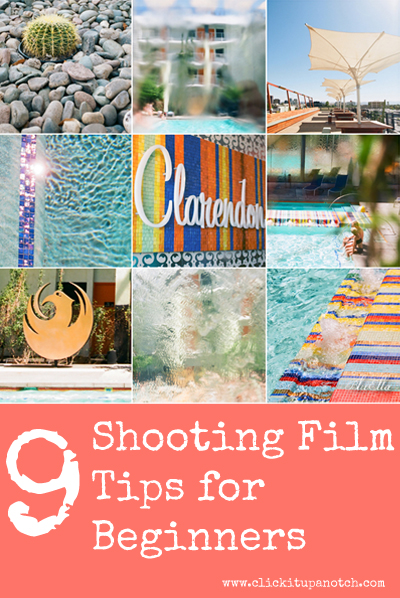
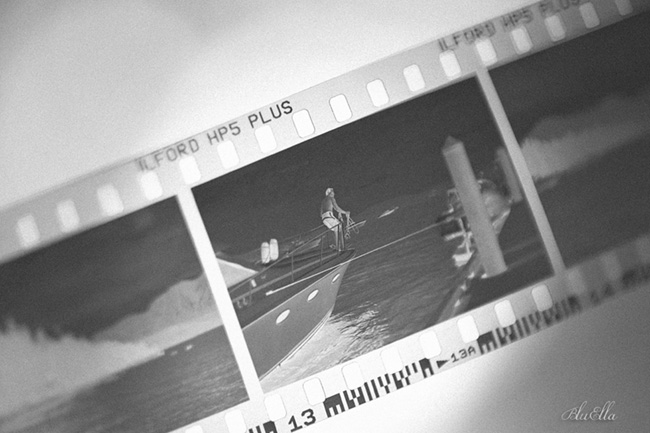


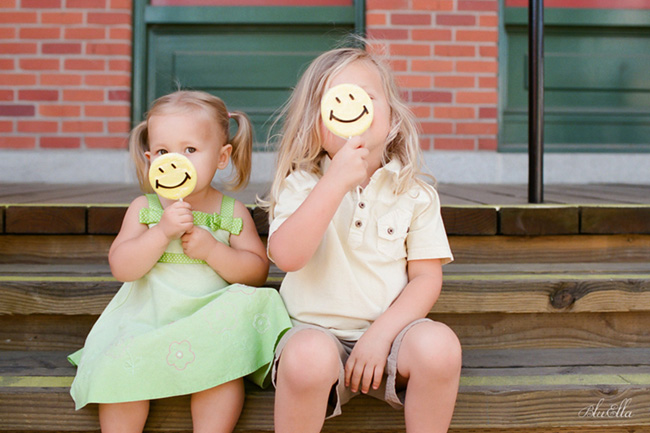
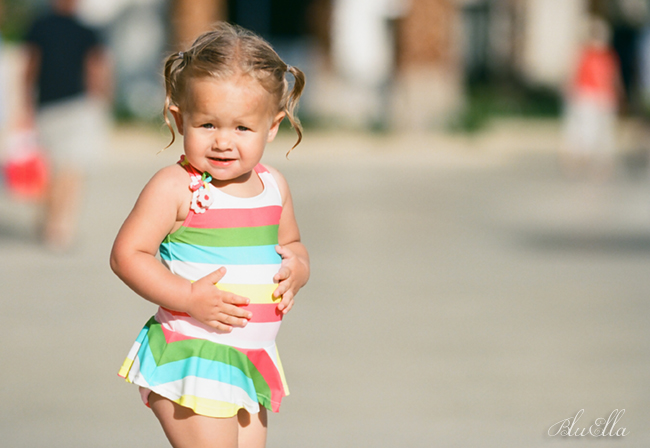
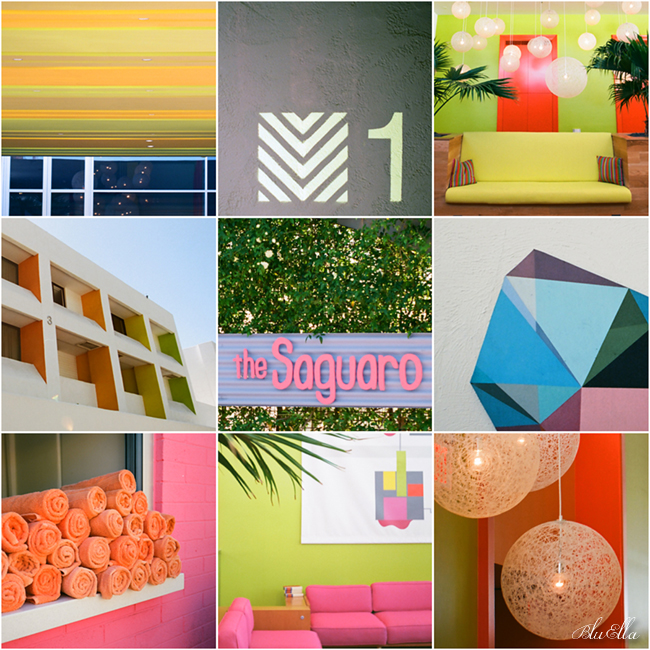

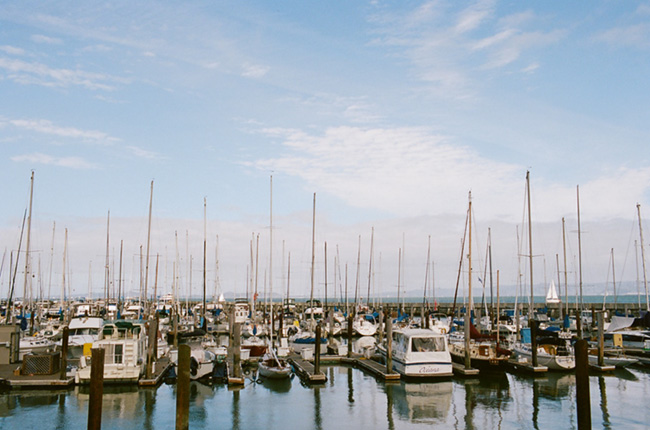


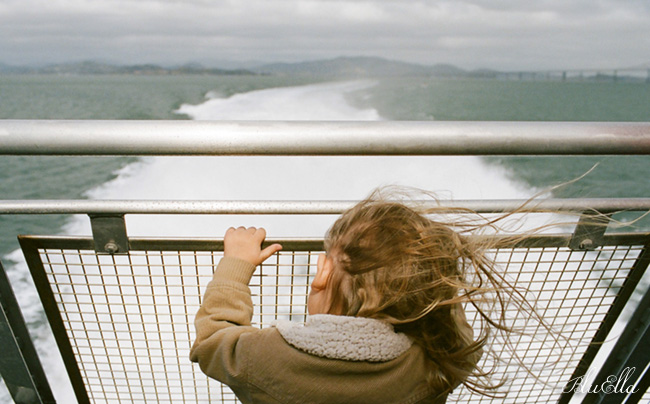
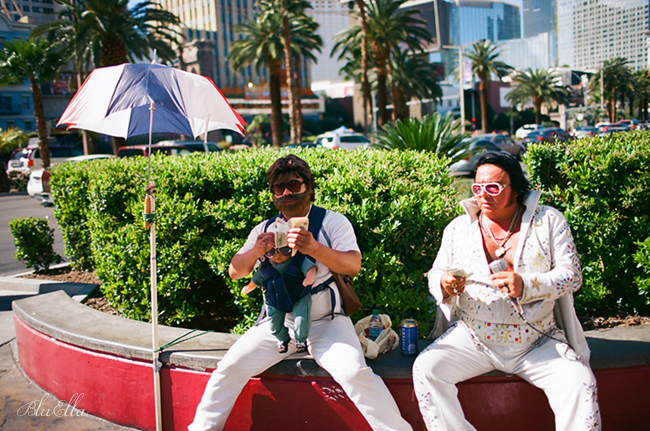
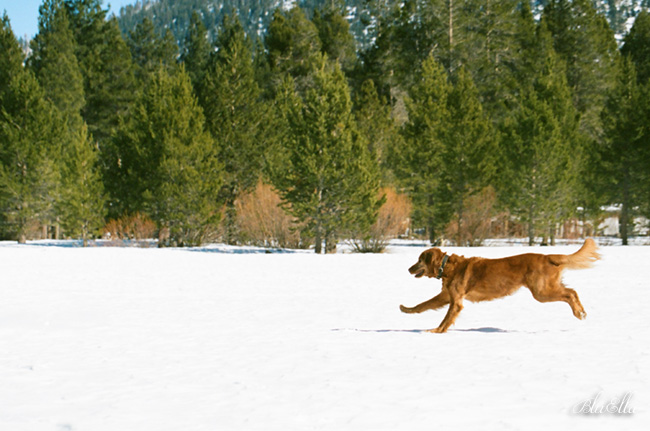
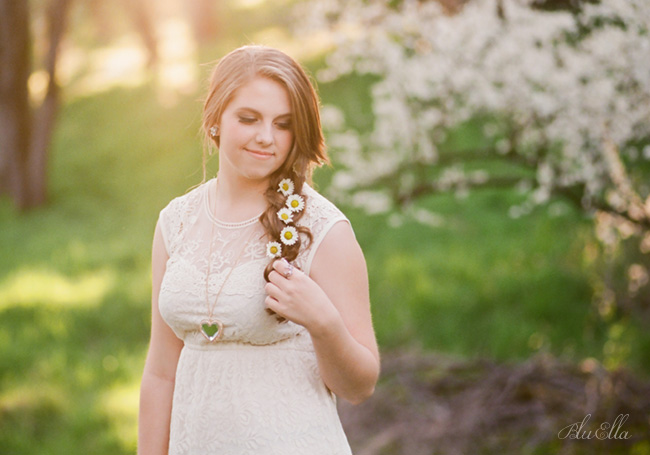
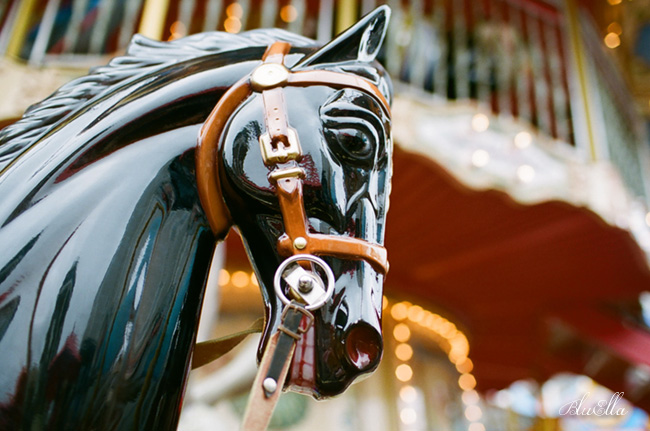
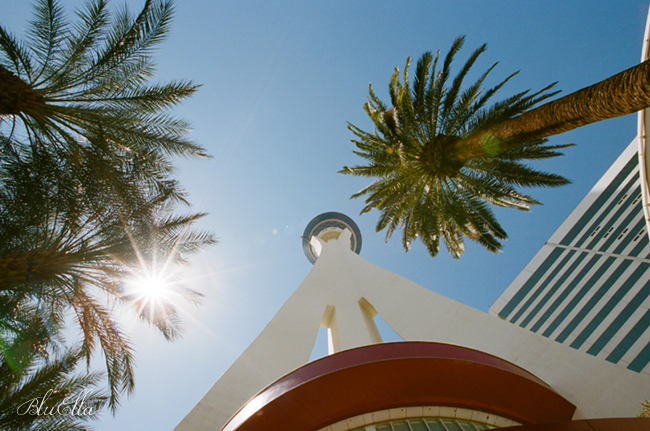
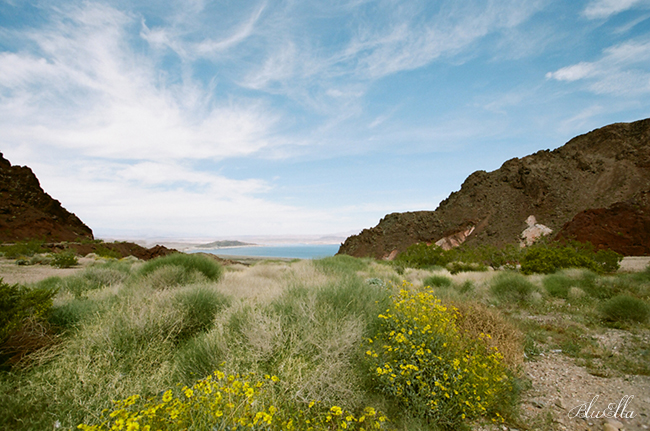
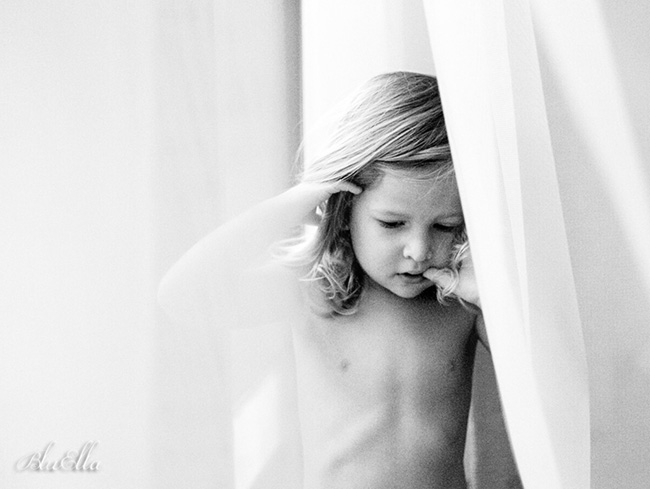





I am definitely intrigued by this! Can you tell me how your film comes back to you? Is it old school like just prints or do they give digital copies too?
They come back as either a download or a folder into my Dropbox but they also sent your actual negatives back to you if you want them! The waiting is the hardest but best part :)
I never have an interest in shooting film until I see your work or hear you talk about it. May have to give it a try one of these days. LOVE all this eye candy <3
Absolutely loved this article! I admire film from afar. You’ve got me seriously thinking about giving it a whirl. Your shots are so completely fun, colorful and full of life!
Thank you so much Anne! Give it a try…I promise you’ll be hooked! :)
What a fab article. l am going to bookmark this and start researching film cameras. Really appreciate the advice about film as l have no idea where to start with those.
I just recently picked up a AE-1P and and EOS3! Love film. This blog post was so inspiring! Thanks for this!
Thankyou for sharing these tips and your beautiful images. I picked up a Canon AE-1 in the Salvation Army with 3 lenses for $50 and am having the BEST time ever learning to shoot film! xx
This article came at the most perfect time! I bought an old Nikon FE last year at a garage sale (it was $5! I mainly bought it because it came with 3 lenses that I knew would work on my DSLR- one of which was a 50mm 1.4!) Then, on a whim, I bought some film for it, and every now and then would shoot a few pictures with it– I literally just finished the roll this past weekend and am dropping it off to get developed today. I was going to drop it off at my local CVS (they still develop it in-store there), but now you have me re-thinking that! I’ll have to look into all the fun films you mentioned too.
http://www.lomography.com has a lot of film for sale as well- I bought a Lomo camera from them last year and was overwhelmed by their selection of films!
Thank you for sharing. I just recently dug out my old ae-1 from highschool. I got my first roll back yesterday and was so excited to see what I’d captured. I look forward to progressing in my film journey. I also have an eos2 that was my brother’s that I’m going to try.
I loved this article! I bought a film camera last year and still haven’t spent the time to really learn to use it. Great tips for those of us starting out. Thanks :)
Jo, this is an awesome article – loved it. I have my Father-in-laws old film camera and seeing your imagery and feeling your excitement makes me want to load that baby and shoot film. Thank you. <3
I started shooting film about a year ago and LOVE IT…for all the same reasons you listed here. I started with a Canon 650 because someone gave it to me and I could use it with my existing lenses. Then I moved into a Canon 1V. I got bitten by the film bug hard and have even moved into shooting Medium Format on a Mamiya 645 Pro TL. Later this week I have a C330 TLR camera arriving….cannot wait! But seriously, even just shooting on a AE1 or EOS3 or even a Minolta is great. I still only do photography as a hobby/creative outlet but love it so much.
You should check out Cinestillfilm. I believe it’s on Etsy. It can be used indoors in tungsten and outside too. It can also be pushed or pulled several stops. It has a lovely look.
Thanks for the article-its important to spread the word that film is still a viable medium :)
I’m finally revisiting this blog post — and it’s sending me over the edge! I think I’ll press buy on a film camera! Thanks Jo!
The last link to “Film Is Not Dead: A Digital Photographer’s Guide to Shooting Film (Voice That Matters)” by Jonathon Canlas seems to be broken as it take you back to this page again.
Thanks! I’ll fix that :)
Wow just wow those shots are amazing and your post is truly inspiring I’ve been wanting to start my photography adventure with film using the exact same camera you have. Keep up the great work.
This is a great article with a lot of valuable information. I am considering taking a black and white film class at my local college. Your article just gave me a push to register for the class :-)
I agree with everything you’ve said, especially the parts about slowing down and no editing. I’ve only been shooting film for a few months but I’m not ready to go back to digital photography just yet. That’s a cool tip about stopping down for portraits, I’m going to try that. Cheers!
Beautiful images & beautifully written! Thank you for all the info!
Or, perhaps you’re one of those students who desires a challenge, or even a good addition to your résumé for Grad school.
If, on the other hand, you are not successful in paying your loans back, you are going to develop “bad credit. Two: Increase in income – When you are able to increase your traffic to the business, you will easily be able to also increase your income.
nice Clik’s
Hi, I love everything you’ve written here. I’m new to shooting film, new to photography period. I have a Canon AE1 program and is having trouble with getting the perfect shot. I’m still learning and my pictures show it. They are always really grainy. I don’t know what I’m doing wrong. Help:-(
Hi Irving,
A few possible reasons for grainy photos:
1. Some films show more grain than others.
2. Underexposure will accentuate grain. Many photographers will overexpose film. i.e. shooting ISO 400 box speed film as though it is a slower speed such as ISO 200. Then have the film developed normally at its box speed; in this example as 400 speed. With negative film expose for the shadows not the highlights.
3. Looking at images on a computer. Pixel peeping your film images at 100% on your monitor we will see more grain. When printed that grain will have a tendency to smooth, thus less visible.
4. Improper scanning. Be that on a home flatbed scanner, or scanned at a lab by someone not experienced.
It is my hope the above is helpful.
Cordially and respectfully submitted,
I got two Canon A-1s from different sellers on Craigslist. They came with a total of six lenses including a 200mm f/2.8! Total: $90. To kick things up a few notches I took a course at a local community darkroom in black and white processing and printing. I like having famed photos I made from start to finish hanging on the wall.
This is pretty cool. I’ve been a hobbyist for years starting with a Pentax K1000, then Minolta X-700, then to a couple different AF Nikon film cameras then finally a D7100 which I love. But I’ve been stuck creatively lately. I have equipment to make Polaroid-style transfers and thinking about that made me buy a used Nikon FM. Two of my Nikon AF full frame lenses actually have an aperture ring so I’m all set. Since coming to the idea of going back to film on my own I’ve done extensive googling on the subject and find it refreshing that it’s a growing interest. It’s also refreshing to not obsess about sensors and focus calibration. Just go shoot!
Thanks for sharing such valuable tips. Will help me in my business.
Negative Scanning